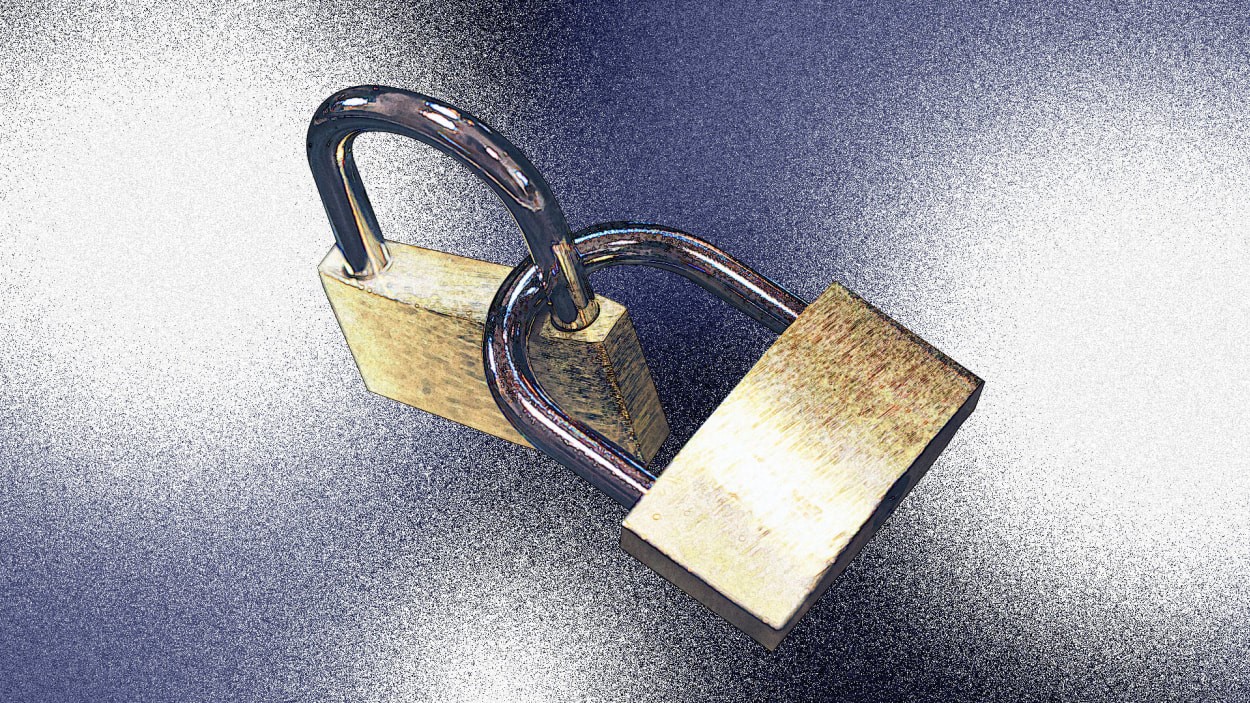Target and Walmart have it wrong. Locking up essential products is alienating in-store shoppers
By Sam Becker
It’s an increasingly familiar sight in many U.S. retail stores: throngs of items locked up behind glass or bars in an effort to thwart thieves. While it may make buying razor blades or baby formula at a pharmacy or big-box store a pain, retailers are evidently taking the threat of theft seriously—seriously enough to shutter stores.
However, new data suggests that it may be to the detriment of their bottom line.
A survey from the Harris Poll on behalf of Verkada, a cloud-based security company, finds that 71% of shoppers said that anti-theft deterrent measures—which include locked cabinets or shelves, gated exits and checkout lanes, and limited operating hours—made them less likely to purchase items in-person.
The data, sourced from more than 2,000 U.S. adults in early October and shared exclusively with Fast Company, also finds a generational rift, in that 89% of Gen Z respondents said they’d be more likely to stop shopping at physical stores that incorporate such measures, versus 58% of baby boomers.
It goes deeper: More than half of U.S. consumers say retailers prioritize their inventory over customer safety, and more than two-thirds say frontline retail workers are not equipped to handle criminal behavior, such as violent threats or theft. The backdrop, as has been much reported, is that retailers are blaming retail theft for significant losses, despite solid and better-than-expected earnings numbers.
Concern for physical safety is real
Overall, Verkada’s data does show that despite their evident aversion to anti-theft measures, at least some consumers must take some level of comfort from their presence, as a whopping 81% of those surveyed expressed concern about their personal safety when shopping. There may be something to that—data from the National Retail Federation finds that by a wide margin, retailers say that shoplifters are more violent than in years past.
The question is, are retailers responding effectively? And do those responses actively hurt their profit if they end up turning off a significant percentage of shoppers?
While it’s difficult to draw definitive conclusions, the data does raise some interesting questions. Even as retailers seem primed to take a harder stance against theft and protect their merchandise, there does still seem to be a line. Big-box stores and pharmacy chains must weigh the pros and cons of preventing theft with the optics of doing so.
More security measures may indeed create a safer atmosphere, but it may also imply that a store wasn’t safe to begin with. It’s a tricky needle to thread for retailers, but as the data shows, going overboard to reduce theft and increase safety can, paradoxically, potentially reduce foot traffic as well.
(16)



